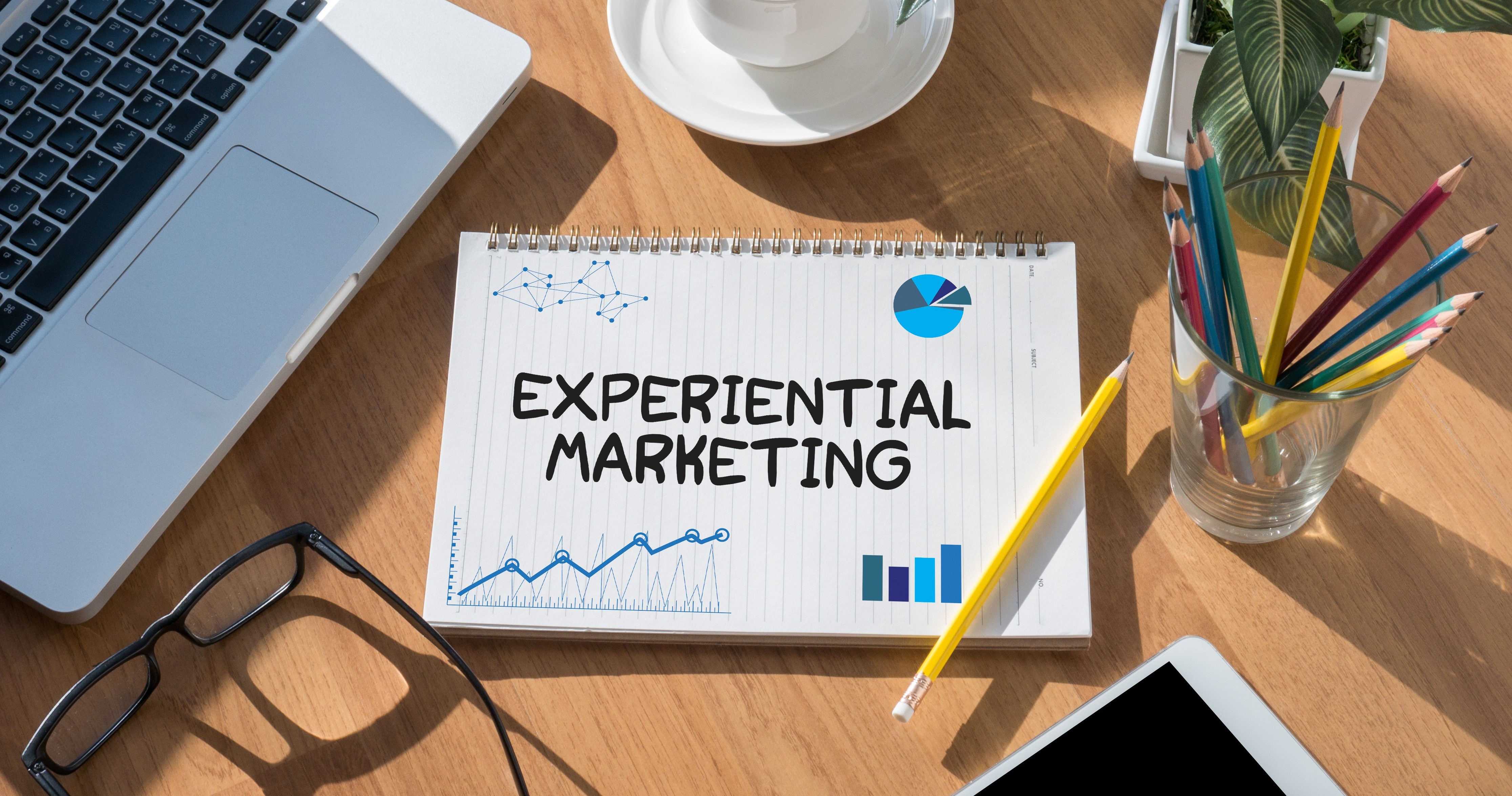A new marketing approach is upon us. It’s not simply the strongest brands that will survive, but the most adaptable companies that can look to the next evolution of marketing management software. Here are seven ways in which artwork management software can speed up your artwork development process.
1. Improve collaboration
Collaboration ensures consistent communication and streamlines workflows where you have multiple stakeholders. With artwork management software, you can onboard both your internal and external stakeholders in the process of artwork development. Your brand teams, marketing teams and valuable partners can see all the design files and brand collateral for a campaign, securely hosted in the cloud so everyone stays updated throughout the process.
2. Integrated workflow management
Artwork management software such as MauveTech comes with workflow management processes built in. As a project lead, you can configure your workflows specific to each campaign and include the right people with the right permissions so that everyone has a clear idea of what they are responsible for and when. This way, you can avoid unwanted delays and let the automated workflow process manage the artwork creation.
3. Automation
Instead of asking your design team to manually update artwork each time a small change needs to be made, you can generate the artwork using MauveTech artwork management software using prebuilt templates without having to disrupt your team - leaving them to concentrate on the creative stuff.
Each template is unique with locked-in brand rules for fonts, spacing, colours and visuals which cannot be changed, allowing your marketing teams to log in and quickly generate artwork. They can change copy, select logos, pick new background visuals and quickly amend CTAs. The result is artwork that looks like it was made by your design team - but it has been created automatically and in a fraction of the time.
4. Visibility of the campaign status
Your brand teams often have multiple artwork projects running in parallel. With MauveTech artwork management, your managers get complete visibility of how each project is progressing. At a glance, they can see which projects are delayed or experiencing slowdowns. They can see the reasons for the slowdown, who is responsible for the slowdown, and directly add input on the project when needed, including overriding direct responsibility to get things moving when needed.
5. Audit trails
It's not possible to remove human errors. MauveTech artwork management software can drastically reduce human errors, and even if one happens, it provides the ability to track it and address it, ensuring that it never happens again. You can retrace the steps and see who was responsible for the error, see if something was approved by mistake, a small minor error missed, or incorrect versions of artwork uploaded. The audit trail makes the artwork creation process transparent, and brings accountability to everyone in your team.
6. Single source of truth
Remove the monotony of generating repetitive artwork. Forget scrolling through endless email threads to find the design file sent out to multiple project members. MauveTech artwork management comes with secure cloud-hosted storage which provides a single source of truth for all your project assets and brand collateral. Secure, role-based access to your assets makes it easy to access what you need quickly, along with downloading and sharing with your teams or external partners when needed.
7. Speed up timelines and minimise errors
With automated workflows and an organised feedback system, MauveTech artwork management software helps your teams drastically reduce time to market.
Here is what a typical workflow would look like:
- The project owner creates a project and onboards your design agency or design team responsible for creating the initial artwork designs.
- The designer uploads the artwork and assigns the appropriate approval process with all the key stakeholders who are responsible for reviewing and approving the artwork. This can include multiple people at one time, reviewing and approving to speed up the process, or multi-steps to allow each team to provide feedback (brand, marketing, technical and external partners).
- The project stakeholders review the artwork based on their role in the approval process and either approve, reject, or submit changes to be made. They can also invite collaborators to add any additional feedback that may be required.
- The designer receives the feedback and makes the updates needed, and resubmits the artwork into the project to be review, rejected, or approved.
- When the artwork is approved, the next set of stakeholders will be notified that the artwork is ready for review. There can be as many cycles as needed based on your stakeholders. However, using an artwork management software tool should reduce the number of iterations required due to the collaborative process.
Would you like to hear more from Claire? Sign up here for weekly blog updates.
